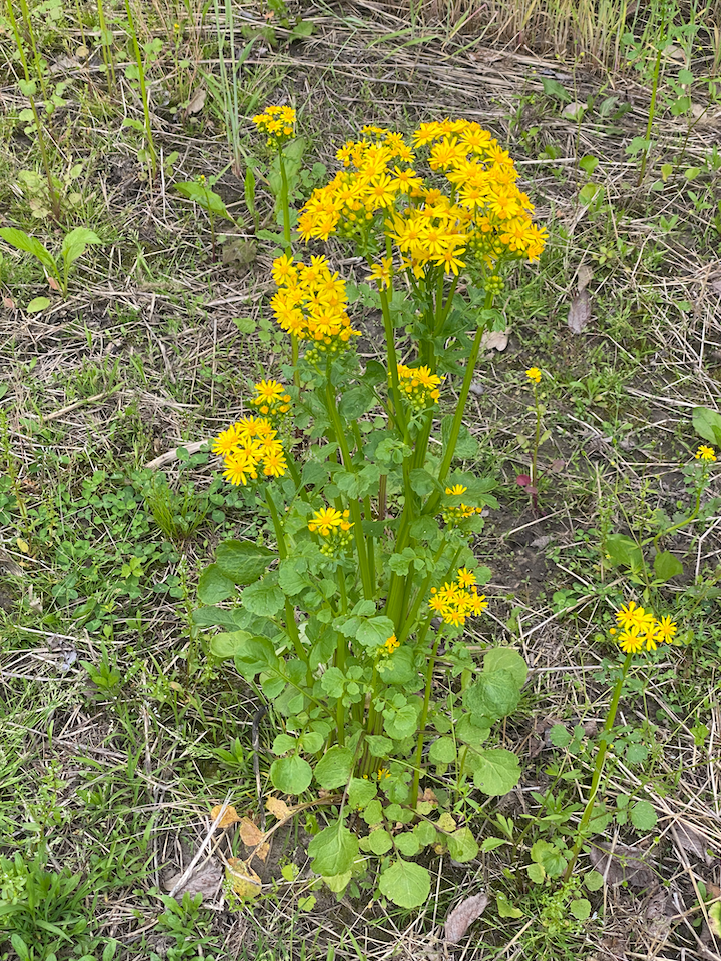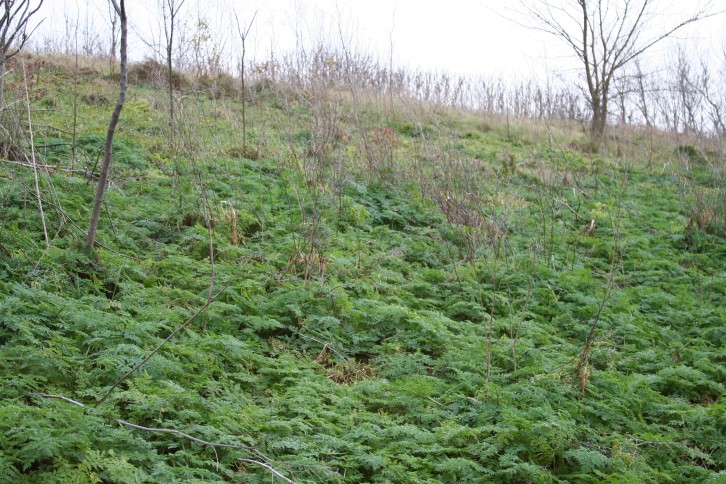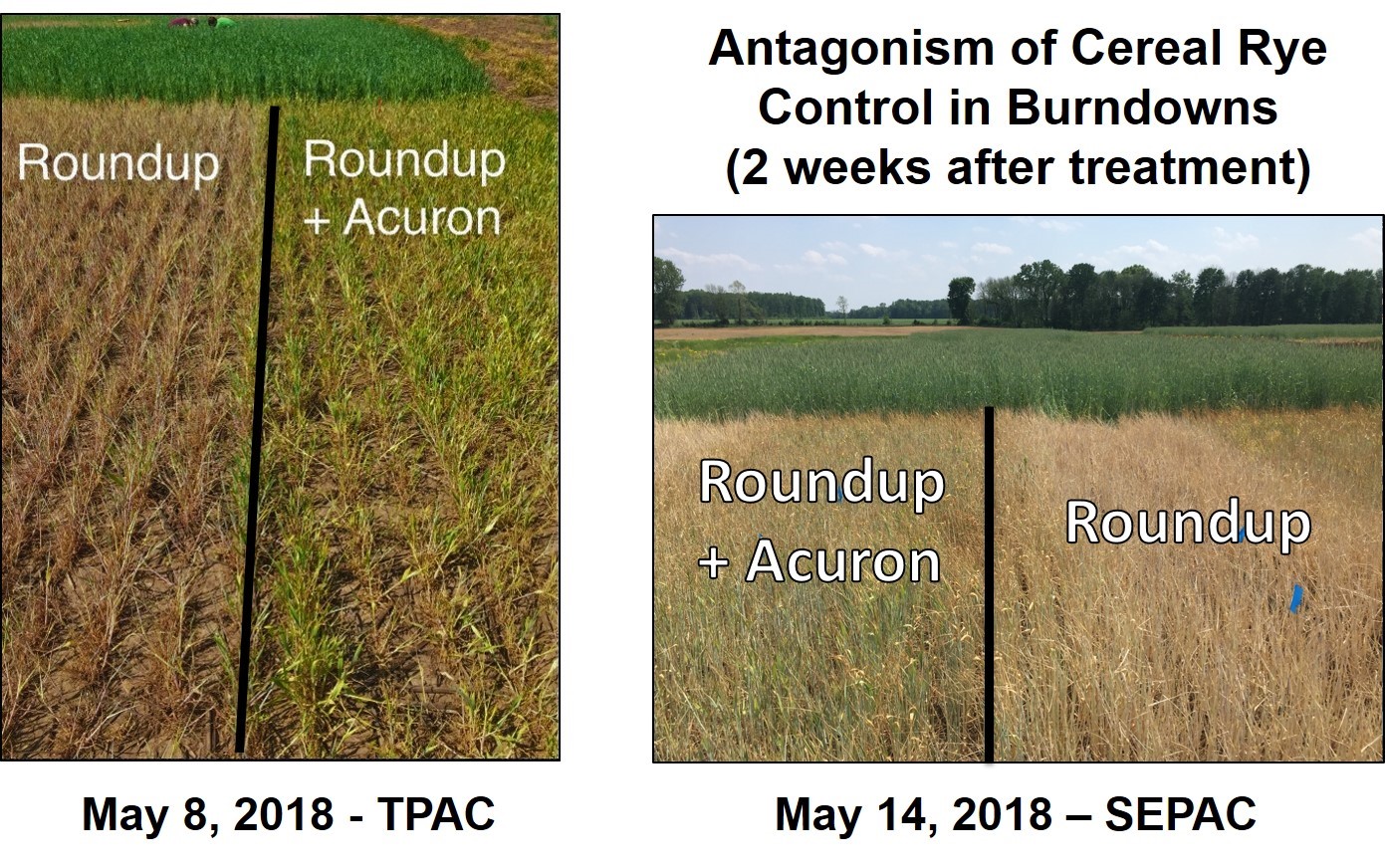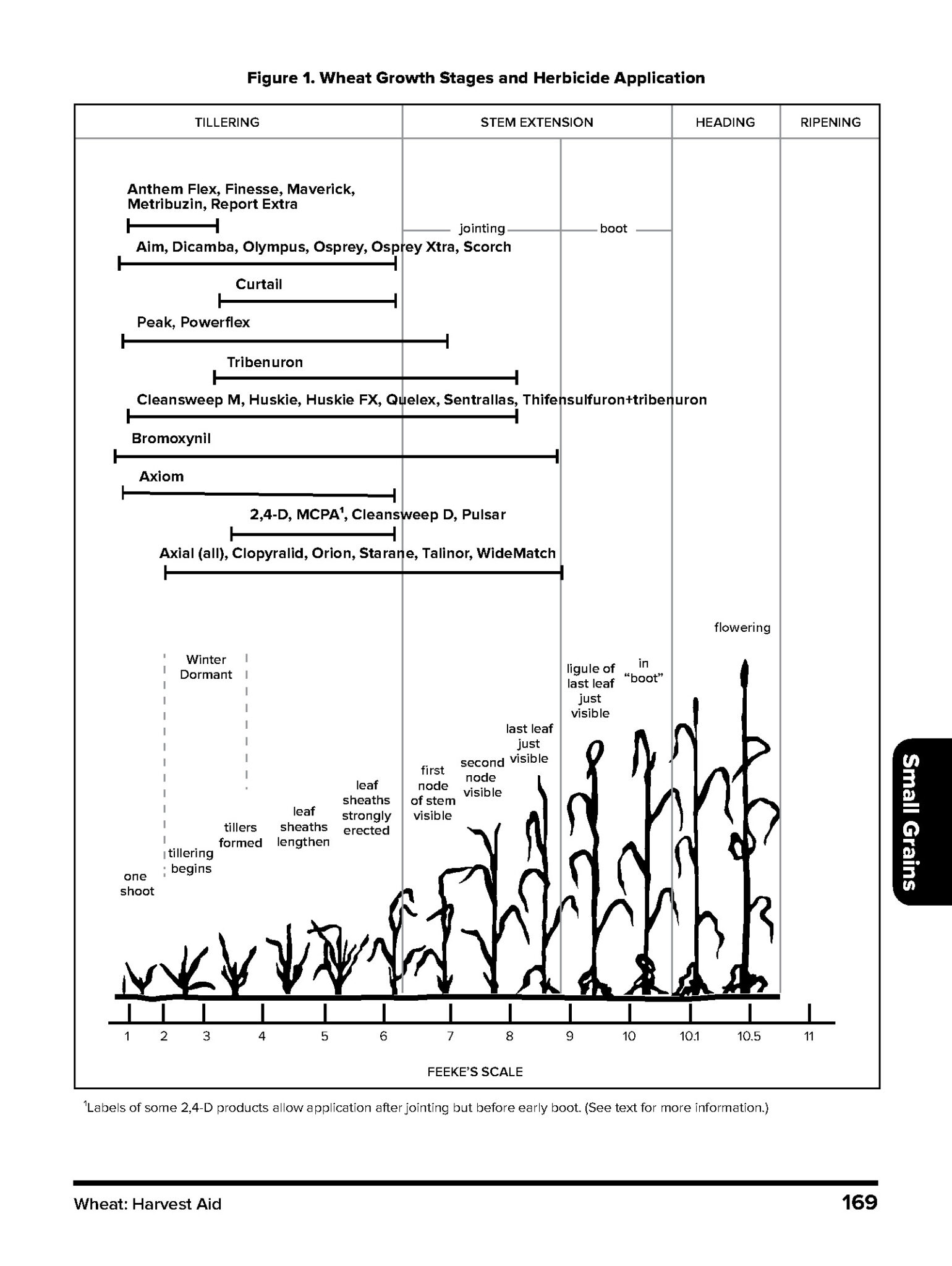Recent wet, rainy weather has created some weed management challenges for Indiana growers. In this article we will hit on a few key points to consider based on current challenges. Delayed weed control in corn. Indiana corn growers rely heavily on premixes in corn that contain some combination of group 15 herbicides (metolachlor, acetochlor, pyroxasulfone), atrazine, mesotrione (Callisto), clopyralid (Stinger), and bicyclopyrone. Rain will not have completely washed all of the herbicide away, but may have compromised overall activity. Scout fields as soon as possible to determine if weeds are escaping. Obviously giant ragweed is a big concern, but wet conditions and dilution of atrazine can result in failures to control velvetleaf, burcucumber, morningglories, waterhemp, cocklebur and others. If corn is less than 12 inches tall and you haven’t used all of the atrazine allowed by the label, it would be wise to add atrazine to the other postemergence herbicides[Read More…]
82 articles tagged "Weeds".

Pre-harvest herbicide applications may be needed in wheat fields that have a lot of weed growth due to the recent wet weather patterns. These herbicide applications address several issues such as harvest difficulties, dockage problems, weed seed production, and soil water depletion. Although it may not be possible to recover lost yield potential due to weed interference, a pre-harvest treatment can go a long way toward reducing weed problems in future years by preventing the production and spread of weed seed. Herbicides labeled for use as harvest aids in wheat are listed in Table 1. There are differences in how quickly they act to control target weeds, the interval requirement between application and grain harvest, and the level or length of control achieved. All of these herbicide treatments will require thorough spray coverage to be most effective and can be used once wheat reaches the hard dough stage, which is[Read More…]
Fieldwork has progressed slowly in the past week due to cool air and soil temperatures.

Every spring we receive several calls and e-mails about a certain 3-foot tall weed with yellow flowers (Figure 1).

The presence of poison hemlock (Conium maculatum L.) in pastures, fencelines, and field edges (Figure 1) is a frequent concern in many parts of Indiana during the Spring.

In the Spring, growers may experience challenges when controlling winter annuals weeds or terminating cover crops with glyphosate-based burndown herbicide programs, specifically when glyphosate is sprayed in cool, cloudy weather conditions or tank mixed with residual herbicides, ATS, or synthetic auxins (issue mostly for grasses).

The warmer temperatures experienced in Indiana over the past few weeks and the forecast for warmer temperatures moving forward will allow winter wheat fields in Indiana to green up and resume growth.

One of the topics that we get many questions about is picking a residual herbicide for soybean production that helps with waterhemp control.

During this time of year, many growers are making decisions about purchasing inputs for the next growing season.

With harvest season right around the corner, now is the time to start making plans for the control of winter annual weeds, including marestail. When harvest and post-harvest conditions allow, fall is the best time to control many of these weeds. This is because the weeds are a lot smaller in the fall, and our fall weather tends to be consistently warmer and drier than our variable cool and wet springs. With fall-applied herbicide season upon us, we wanted to provide a few application tips to those who are planning on making fall herbicide applications: Scout fields and determine whether you need an application. Not all fields need an application; however, if you pull back the crop residue after harvest, especially in corn fields, you are likely to find infestations of winter annual weeds. Scouting fields should begin soon after a field is harvested, with special attention paid to fields[Read More…]


